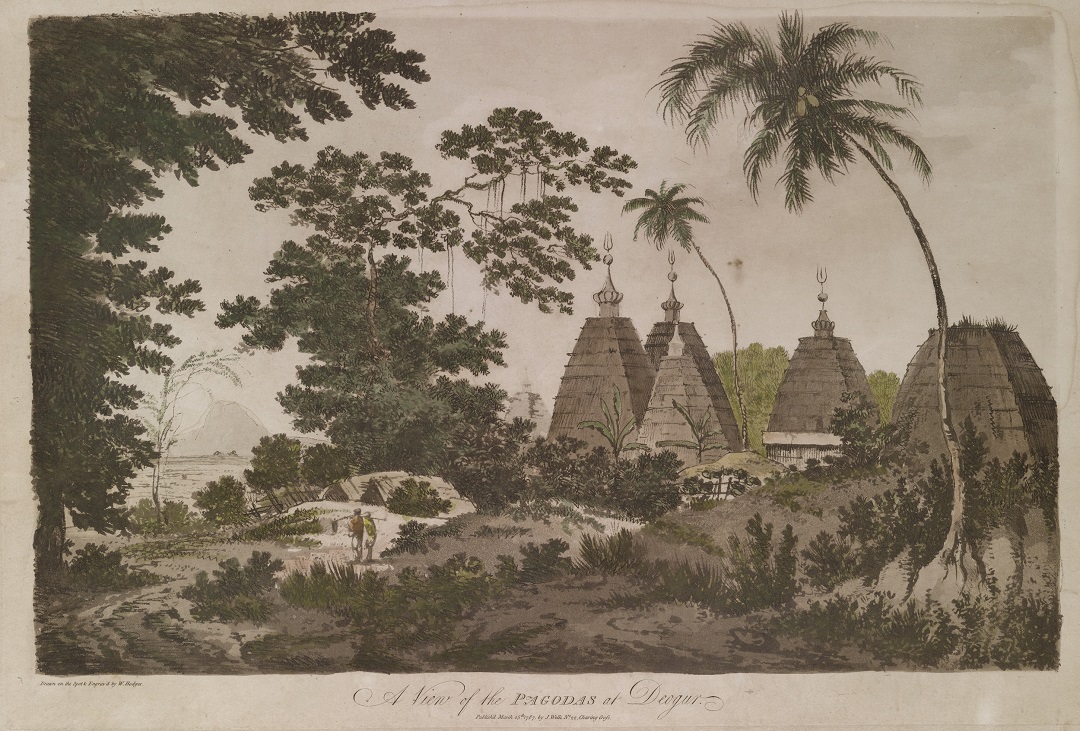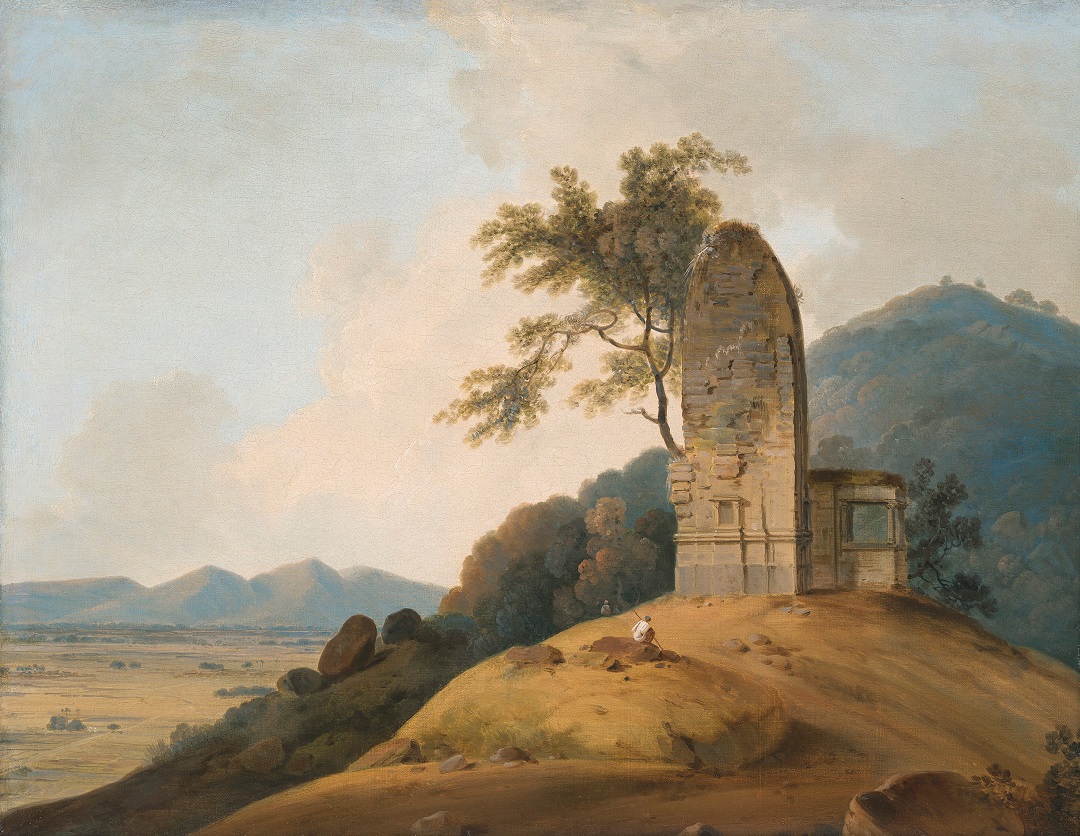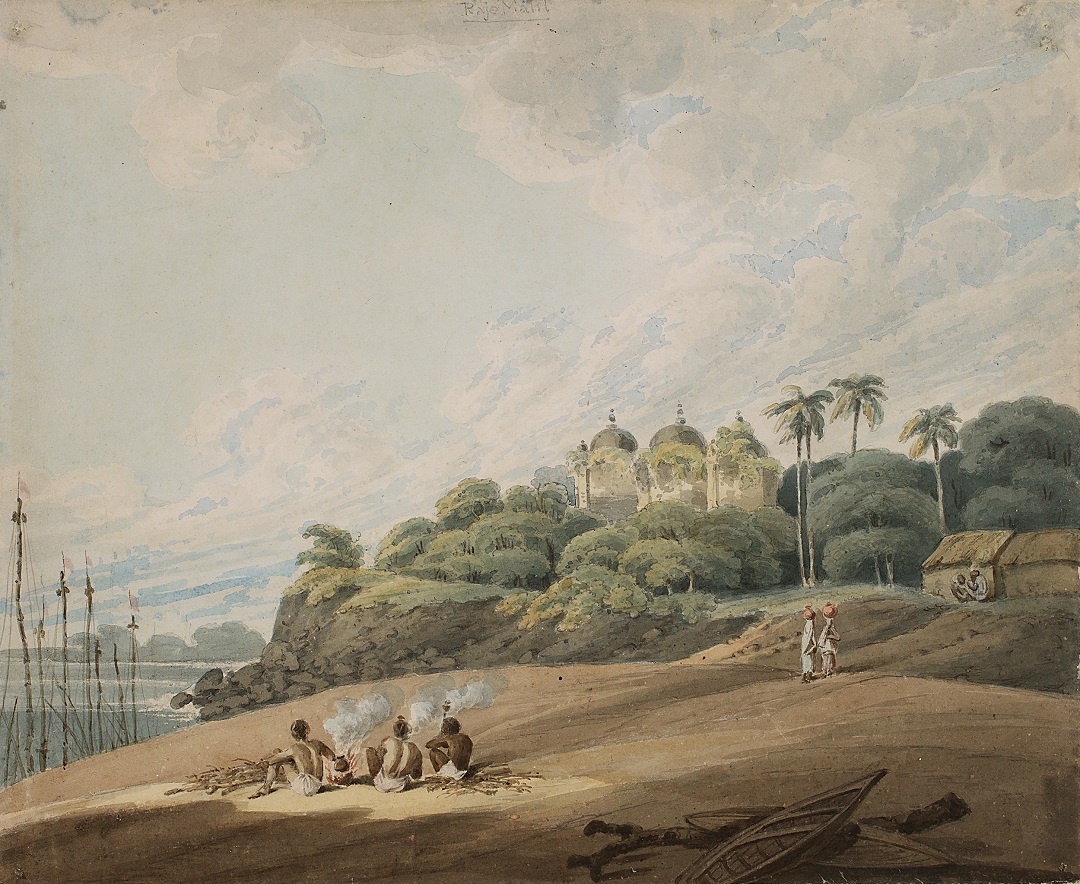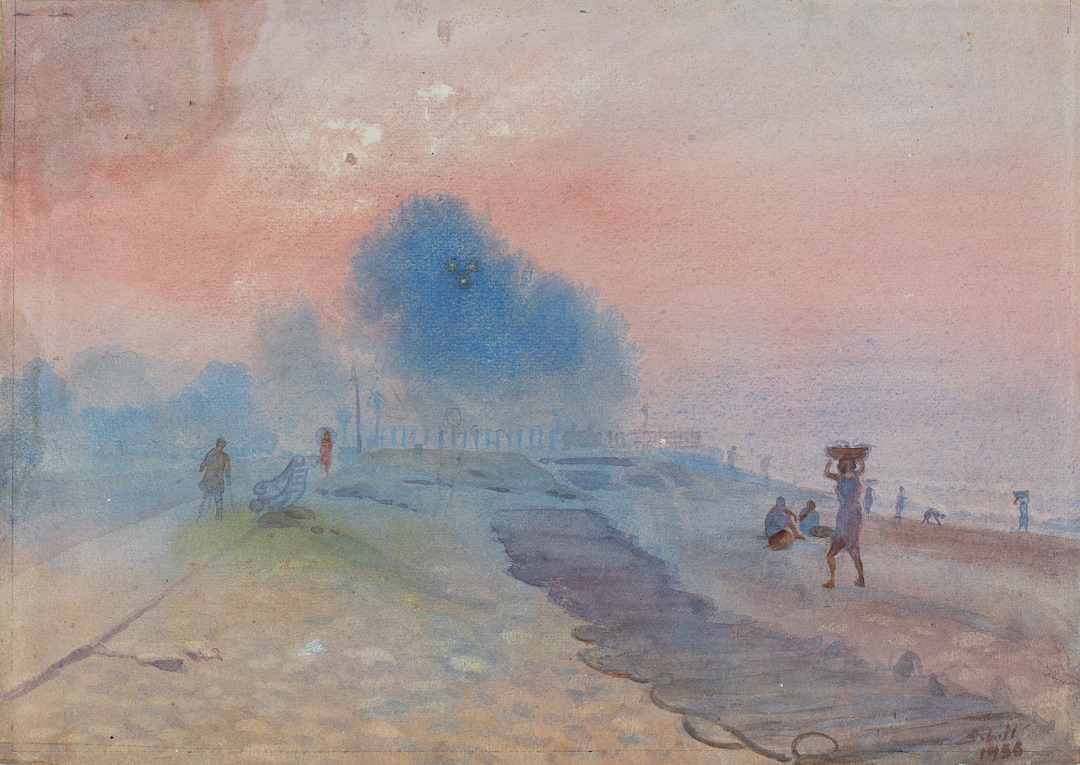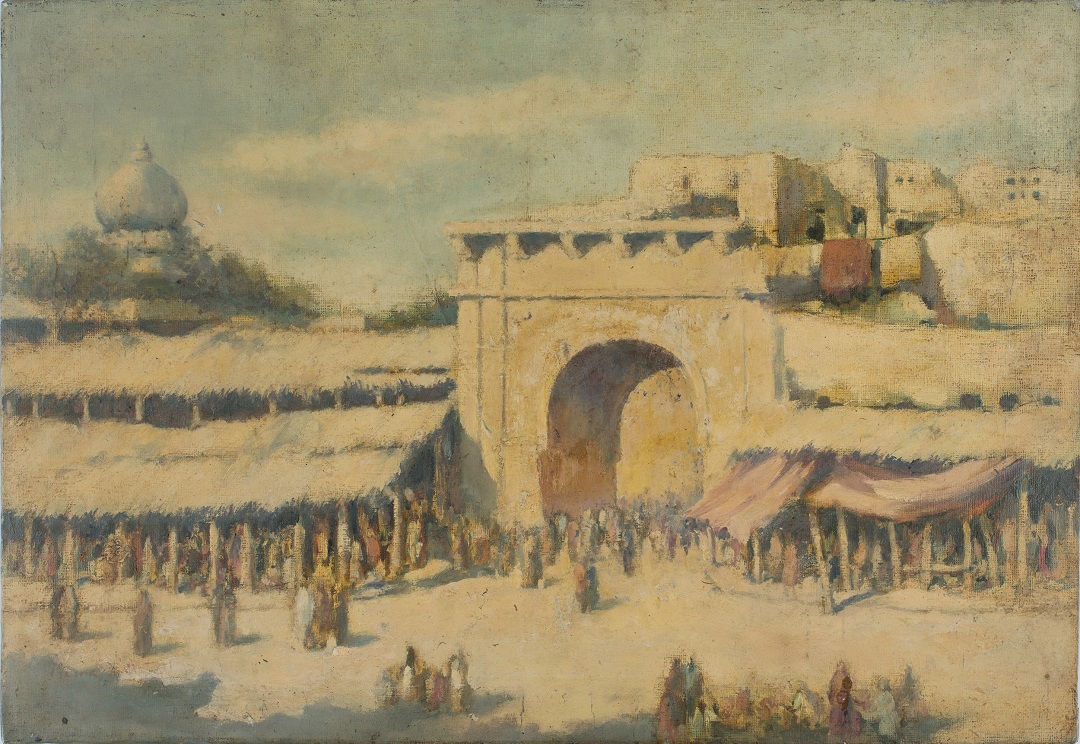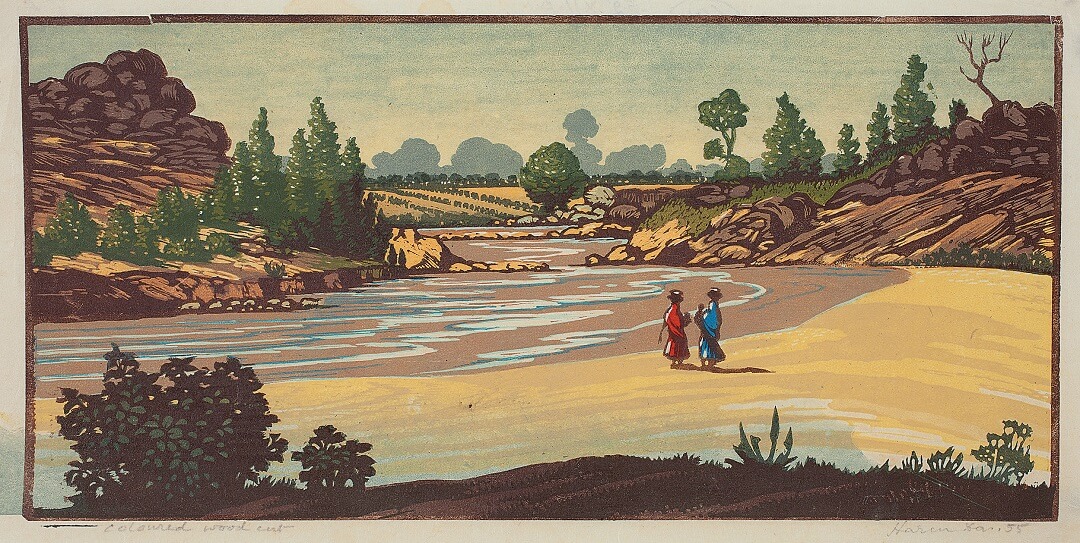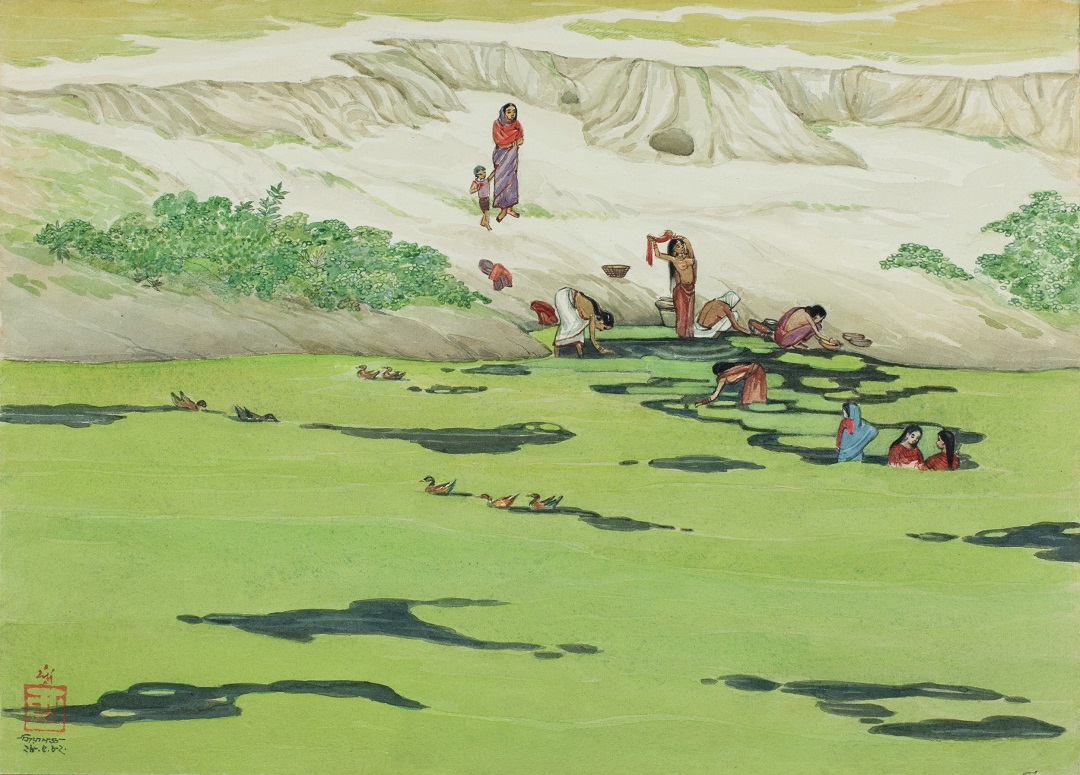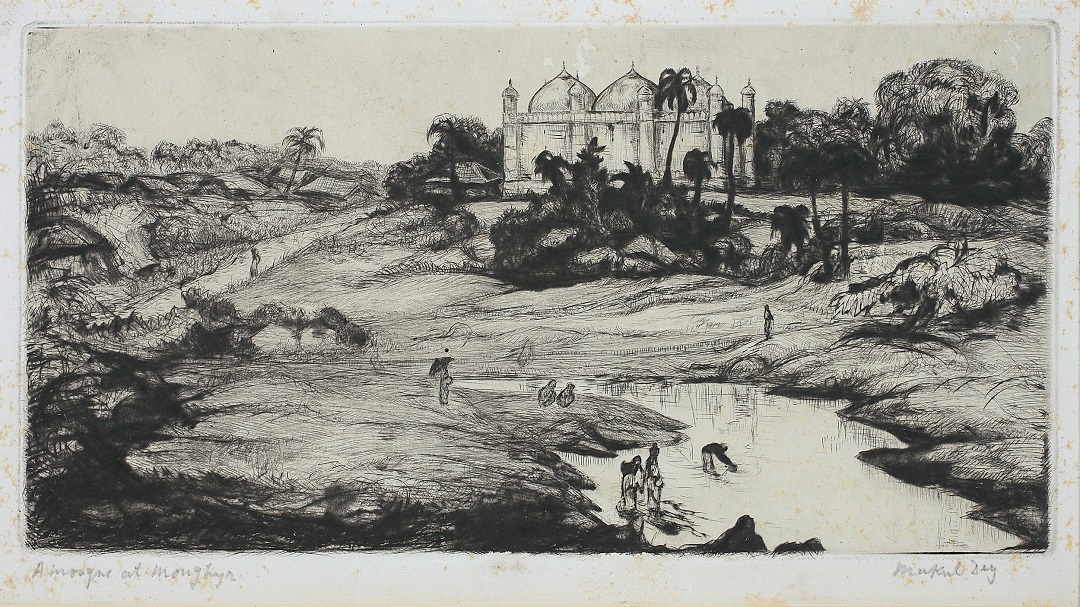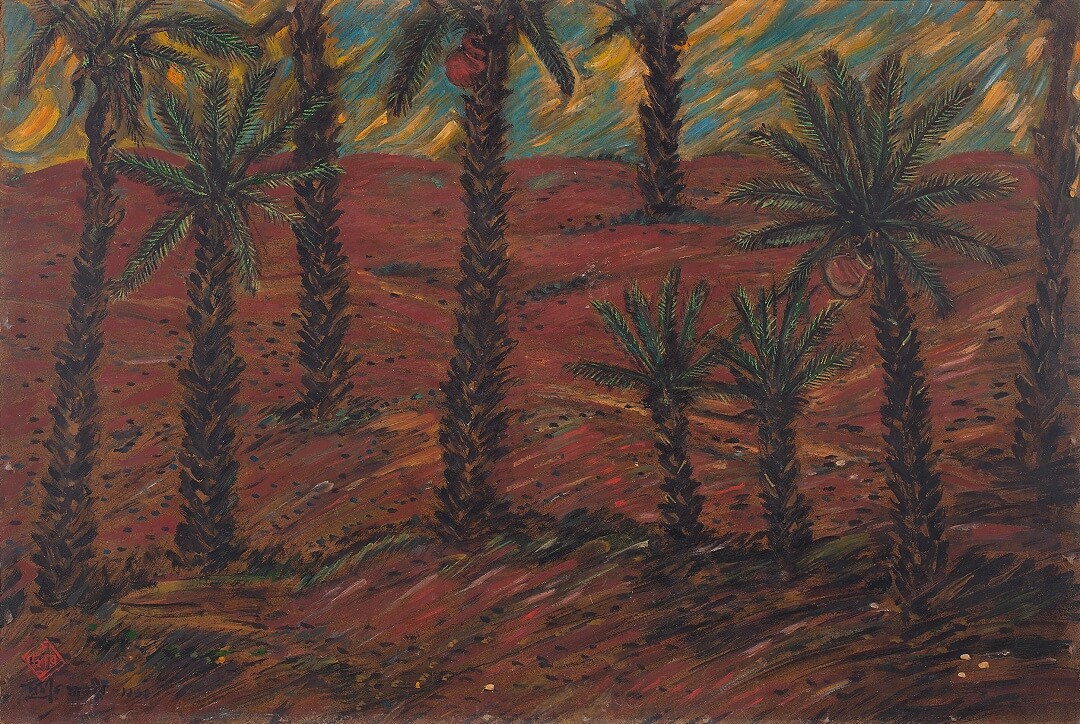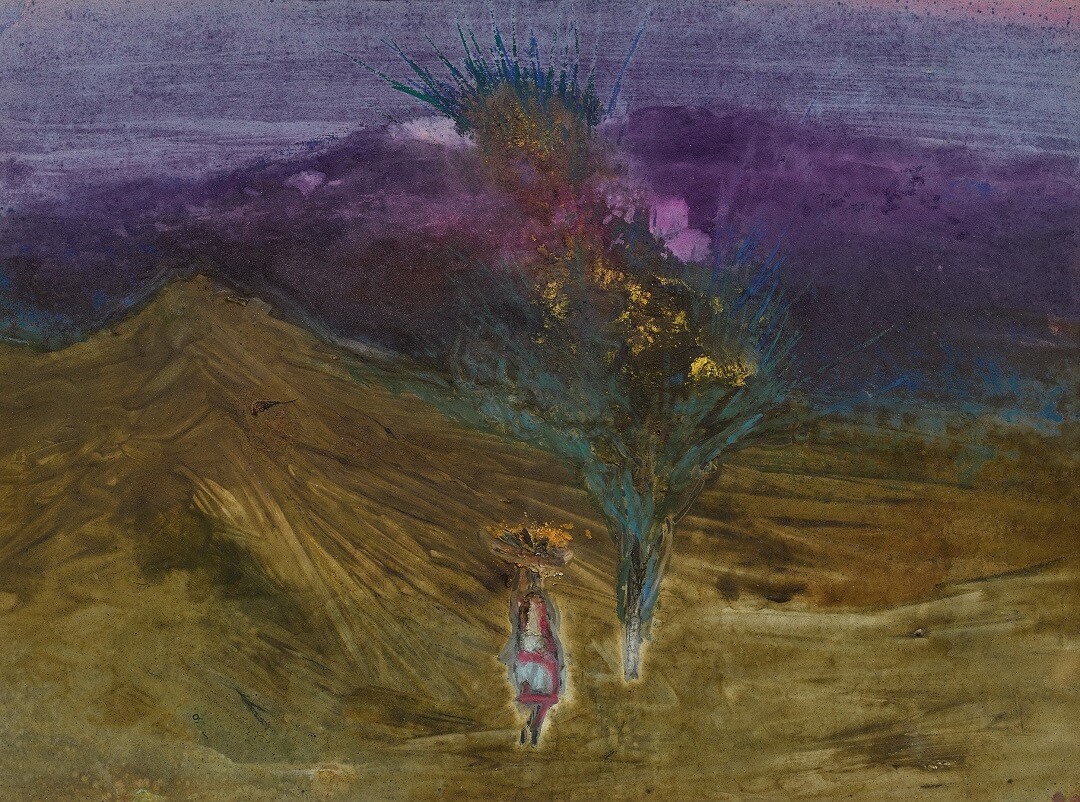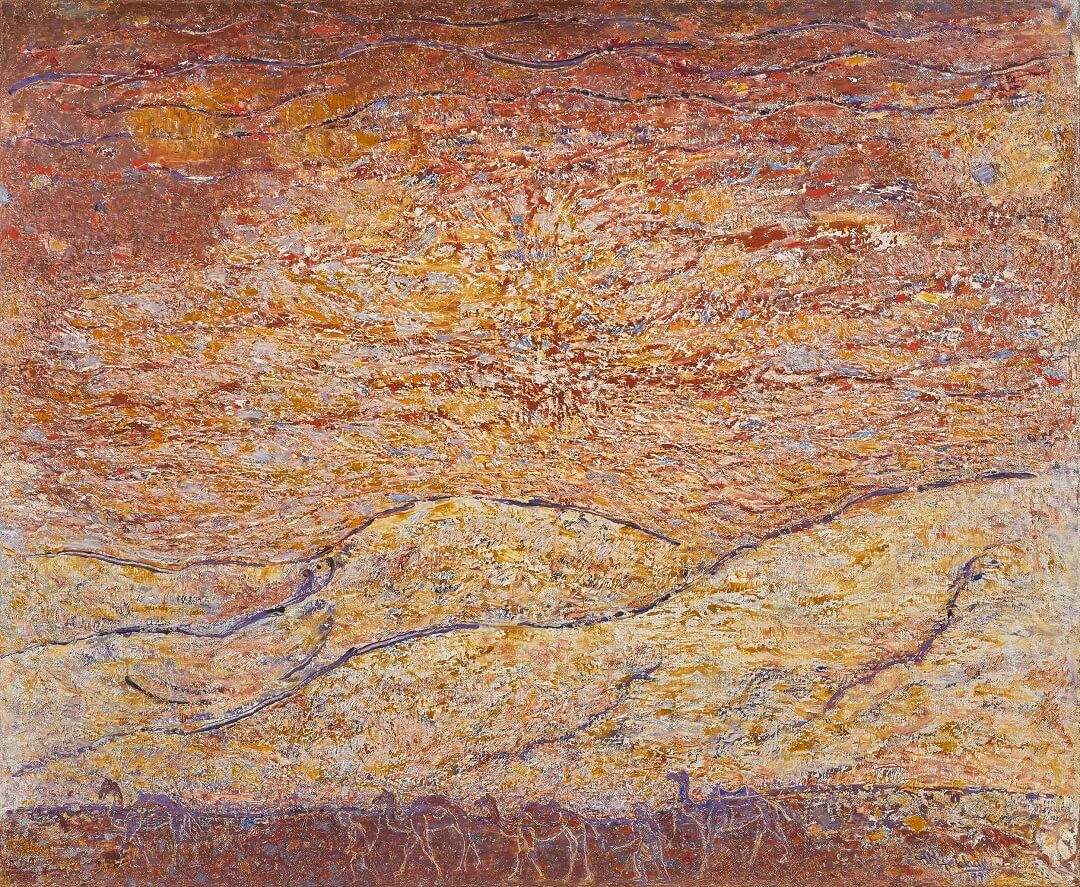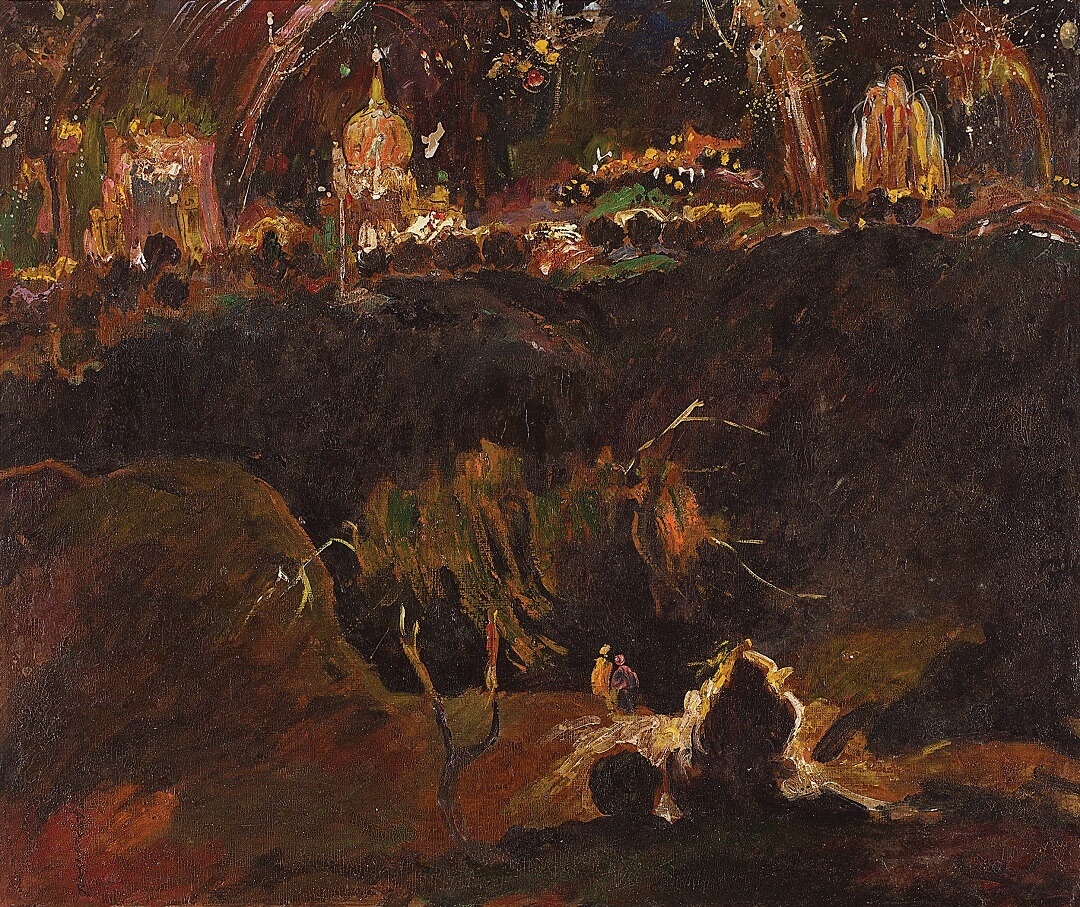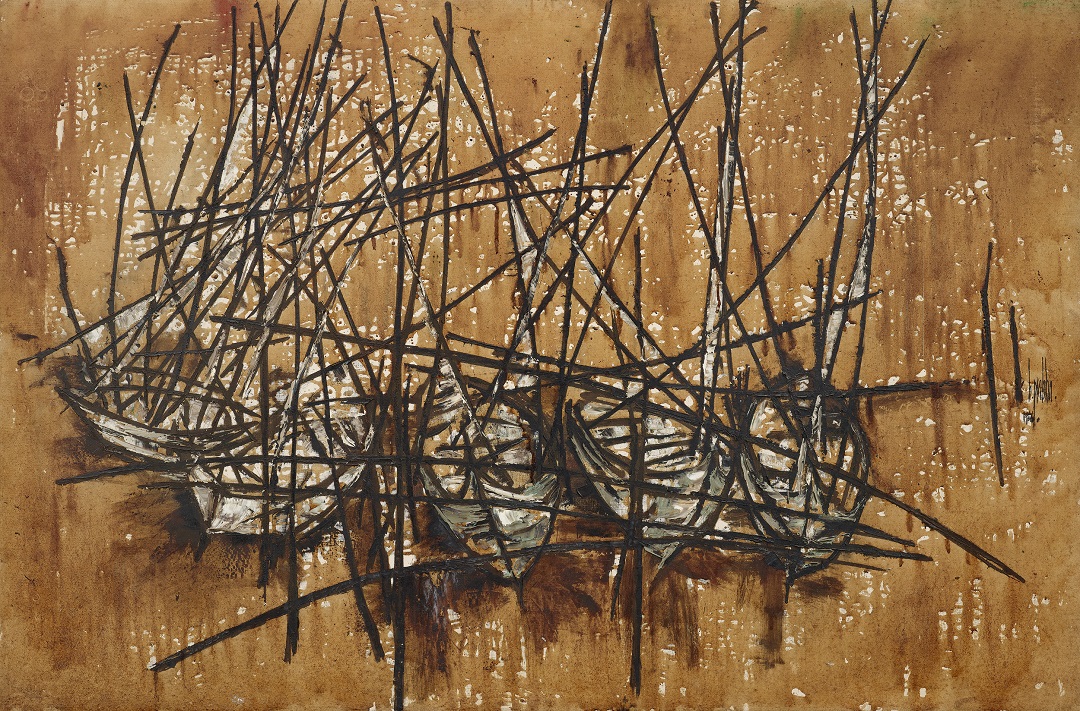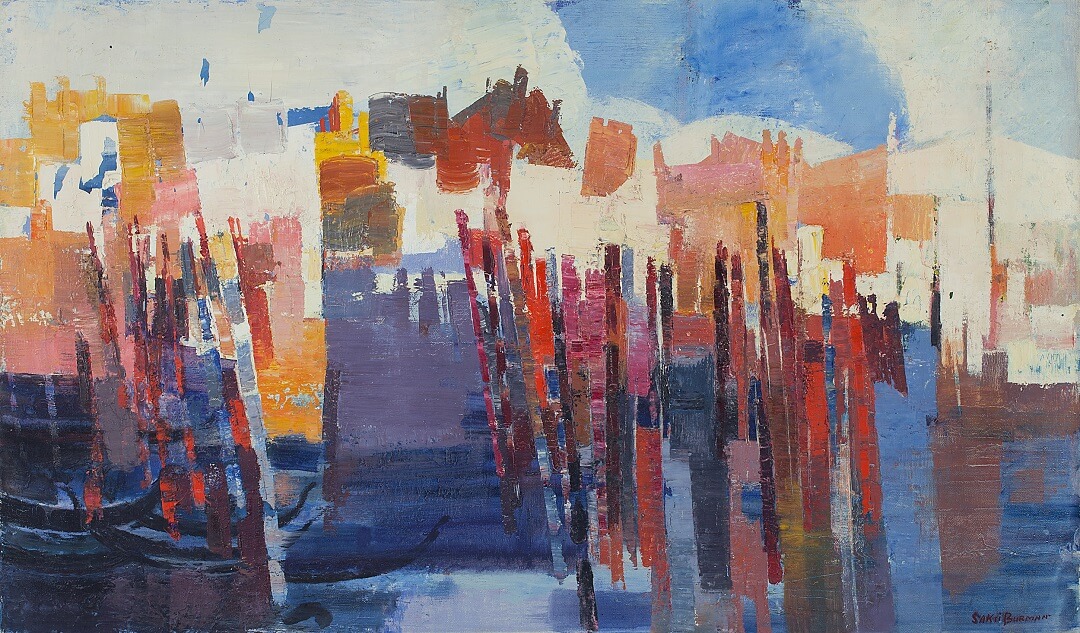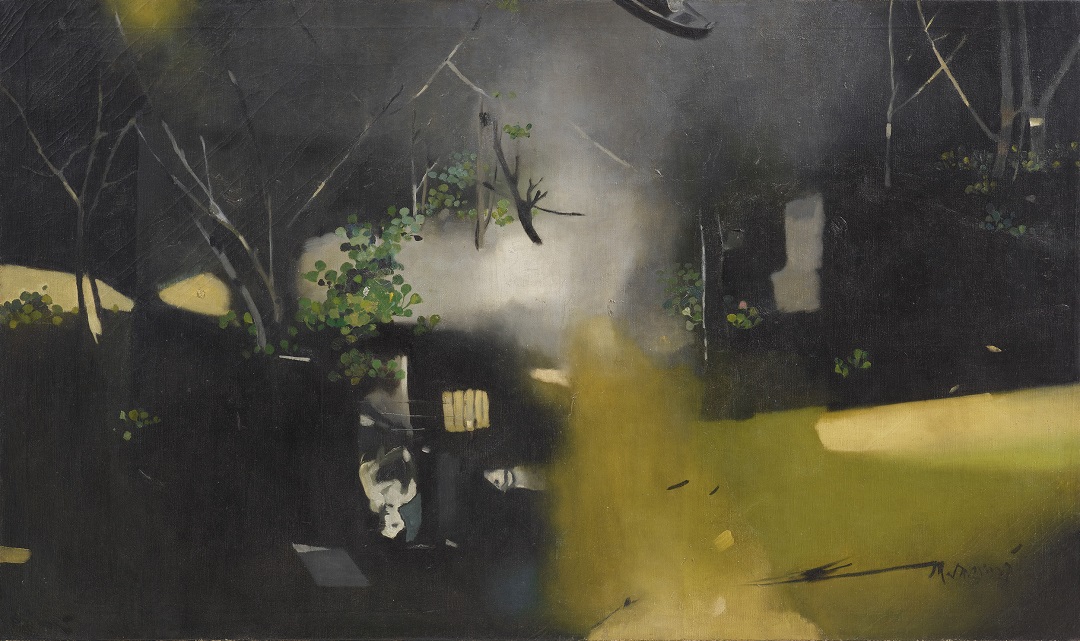New Found Lands: The Indian Landscape from Empire to Freedom
New Found Lands: The Indian Landscape from Empire to Freedom
New Found Lands: The Indian Landscape from Empire to Freedom

|
New Found Lands: The Indian Landscape from Empire to Freedom Bhau Daji Lad Mumbai City Museum Mumbai, 27 Nov 2021 - 15 Feb 2022 An exhibition by DAG |
|
This exhibition looks at landscape painting in India over a period of two hundred years, from 1780 to 1980. We start with English artists who travelled in India from the late eighteenth century onwards, to rediscover what they were looking for, and how they saw what they found. The introduction of new materials, and the teaching of new methods in the art schools from the middle of the 19th century, encouraged some Indian artists to adopt similar academic style approaches. In the twentieth century, a reaction set in, as Indian artists sought new modes of expression. As if reclaiming their patrimony and the right to represent it, they invented a glorious array of new landscape styles. |
|
|
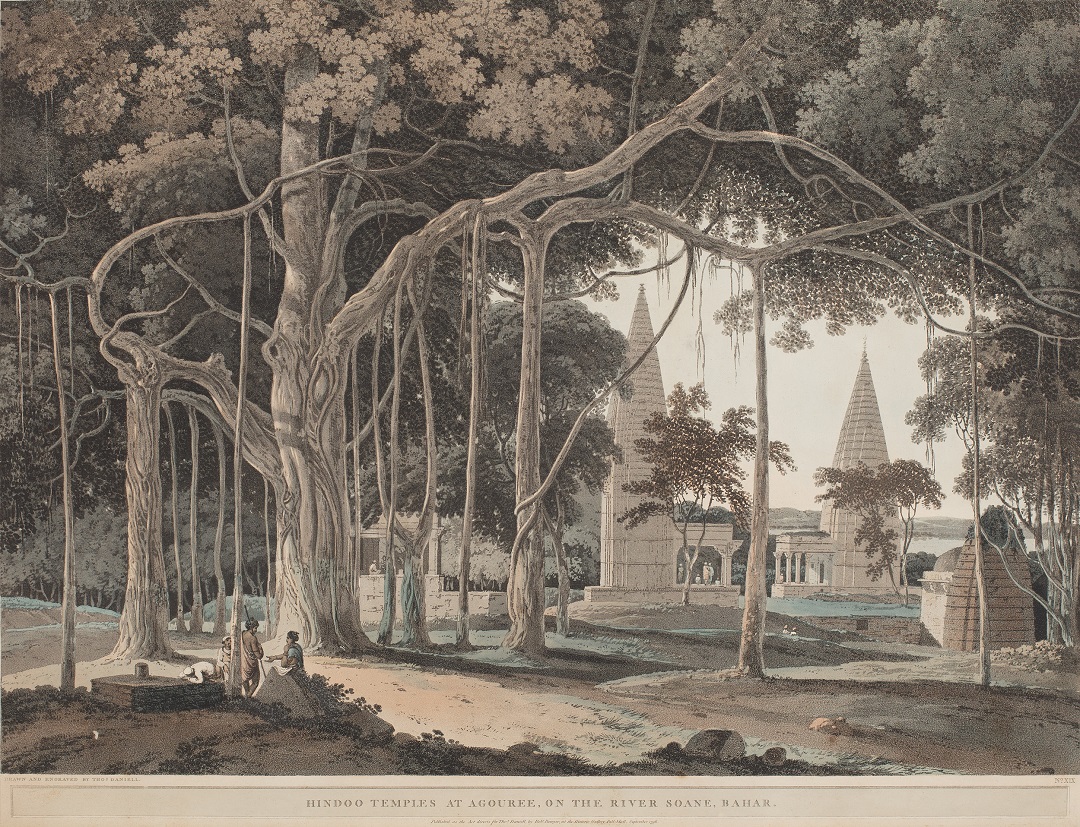
Thomas Daniell
Hindoo Temples at Agouree, On the River Soane, Bahar
Hand-tinted aquatint on paper
THE PICTURESQUE LANDSCAPEThe English aesthetic known as the picturesque developed in the late eighteenth century. William Gilpin’s volumes of Observations, in which he commended or disparaged various famous scenic spots for being either sufficiently or inadequately picturesque, were particularly influential. He believed that a landscape should have rough and irregular forms, and strong contrasts of light and shade, as an antidote to the rounded smoothness of the classical ideal. It was not long before artists took the hint and began to travel in search of suitable subjects, seeking dramatic landscapes with rugged terrains, even as they ventured into the new colonies. |
William Hodges
A View of the Pagodas of Deogur
Thomas Daniell
A Ruined Hindu Temple on a Rocky Outcrop
William Parker
View of Rajmahal
|
Before the days of the camera, many Europeans turned to local artists to supply images of the great monuments and sites of India that were now in their dominion, giving rise to one of the genres of Company Painting. Indian artists quickly mastered single-point perspective, enabling them to draw the Taj Mahal for example, in a manner that would be deemed 'accurate'. But with a few exceptions, most in this early period were more hesitant about assimilating the picturesque. A fuller engagement with the picturesque by Indian artists would come later. |
|
Agra artist (Company painting) The Taj Mahal Watercolour on paper |
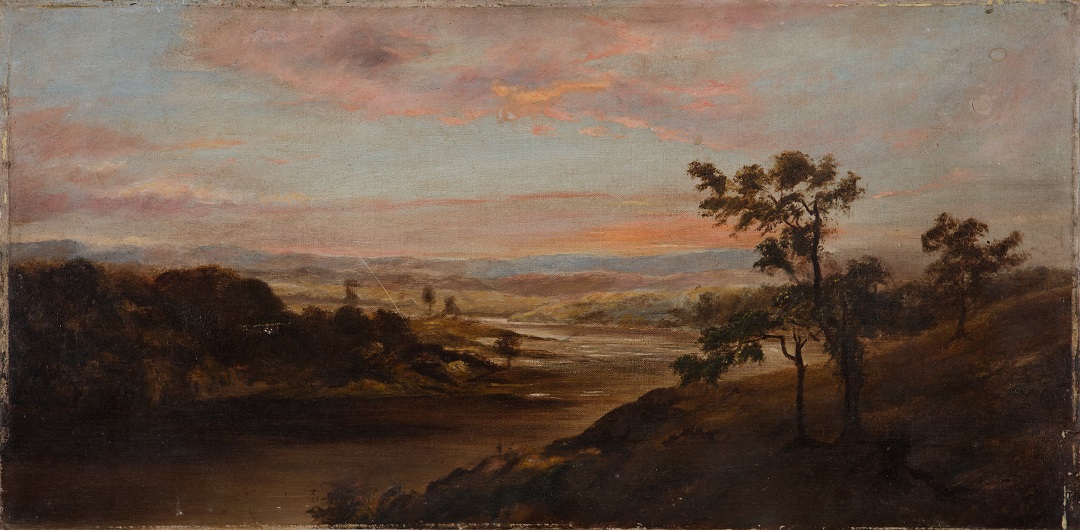
Pestonji E. Bomanji
Untitled
Oil on canvas
THE NATURALISTIC LANDSCAPEThe Schools of Art that the colonial government established in the 'Presidency' towns—Calcutta, Madras and Bombay—in the 1850s were initially intended to promote India’s industrial arts and crafts. Contrary to the original intention, this emphasis swiftly turned the schools into institutes of fine art and promoted Western methods. When E. B. Havell was appointed as the principal in Calcutta in 1896 he tried to establish a new, distinctively Indian art, rejecting Western realism. However, this was countered by John Griffiths, W. E. Gladstone Solomon and their Indian counterparts in Bombay, who upheld the naturalistic, academic style as a hallmark of modern, progressive art. It is not surprising therefore that the first great Indian artists to produce pure landscapes—as distinct from literary or religious ones—were all associated with the Bombay School. |
L. N. Taskar
Untitled (Mughal gateway)
S. L. Haldankar
Early Morning at Chowpati
Prema Pathare
Untitled
|
A tradition of naturalism also evolved in Bengal. Bireswar Sen’s early works aligned with the revivalist ideals of Abanindranath Tagore and the Bengal School, but his meeting with the Russian artist Nicholas Roerich in 1932 changed the course of his career. Roerich was a devotee of the Himalayas. Sen adopted the same subject but sought to convey nature’s immensity using watercolour in a miniature format, where the mountains’ grand scale was evoked within three-inch frames. |
|
Bireswar Sen Parvati Watercolour on paper |
Haren Das
The Chalor River
Indra Dugar
Bathers
Mukul Dey
A Mosque at Monghyr
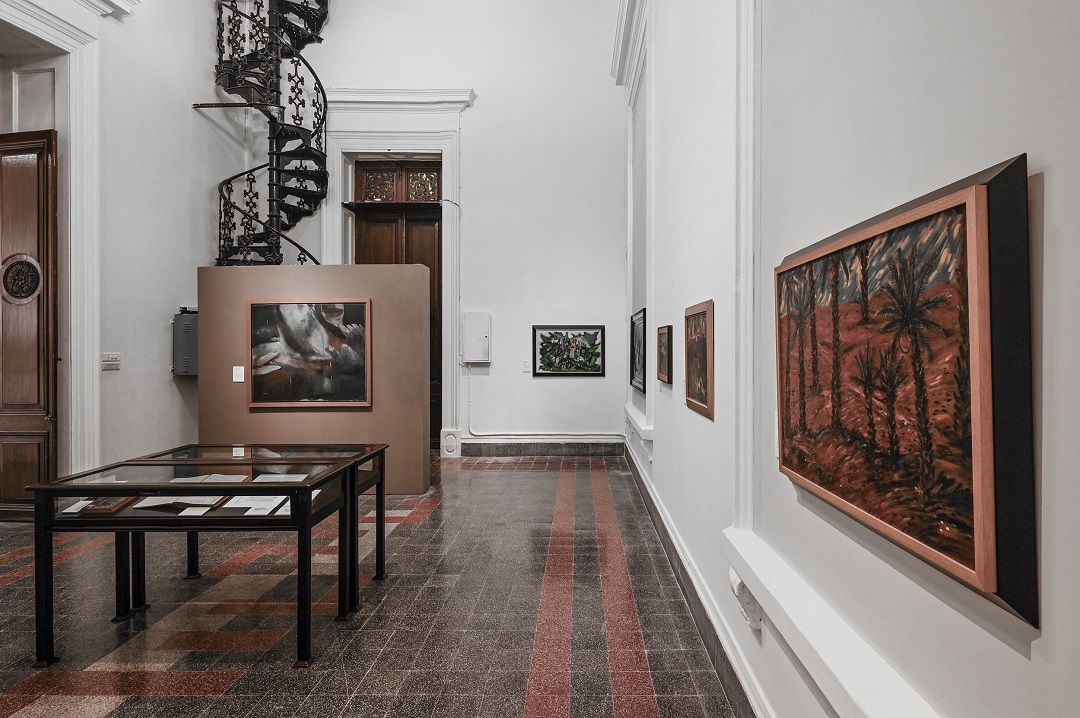
THE FREE LANDSCAPEWhy should landscape not be treated like any other subject – like the human figure perhaps: not as a form to imitate, but as a source of inspiration while creating new forms? What we are here calling the ‘free’ landscape emerged in the late colonial period, however there was no linear progression from one approach to the other. Indeed, they existed alongside one another. The artists represented in this section were all born between 1900 and 1947, and they all lived to see India achieve Independence. The earliest works included here date from around that moment, and we follow the story up until 1980, two hundred years after the arrival of William Hodges, by which time their vision had firmly supplanted his. |
Ramkinkar Baij
Untitled
Sudhir Khastgir
Untitled
Gopal Ghose
Untitled
Just as the naturalistic landscape first flourished in Bombay, because of the approaches promoted in that School, so the free landscape first emerged in Bengal, especially among artists associated with Kala Bhavana, Rabindranath Tagore’s visionary educational institution in Santiniketan.
K. K. Hebbar
Untitled (Caravan)
A. A. Almelkar
Untitled
B. Prabha
Untitled
Similar approaches were appearing in pockets elsewhere in India, such as in works by K. C. S. Paniker in Madras and D. J. Joshi in Indore. Students of the Sir J. J. School of Art, some of whom returned to their regions of origin or travelled elsewhere, produced arresting new visions of landscape.
|
After training at the Sir J. J. School of Art, P. T. Reddy worked in commercial studios for the film industry, and for a furnishing company before becoming a full-time painter in the 1950s. His landscapes of that period show a free use of vivid colouring, anticipating a later move towards abstraction. |
|
P. T. Reddy Untitled (Narayanguda Street, Hyderabad) Oil on ply board |
Sakti Burman
Untitled
Ganesh Haloi
Untitled
|
The visual story that this exhibition unfolds goes from an imposed colonial gaze, through Indian accommodation and adjustment, to rejection, and the profusion of new forms of imagery, rooted in the land. |
|
Avinash Chandra Untitled (Houses in the forest) Oil on canvas |
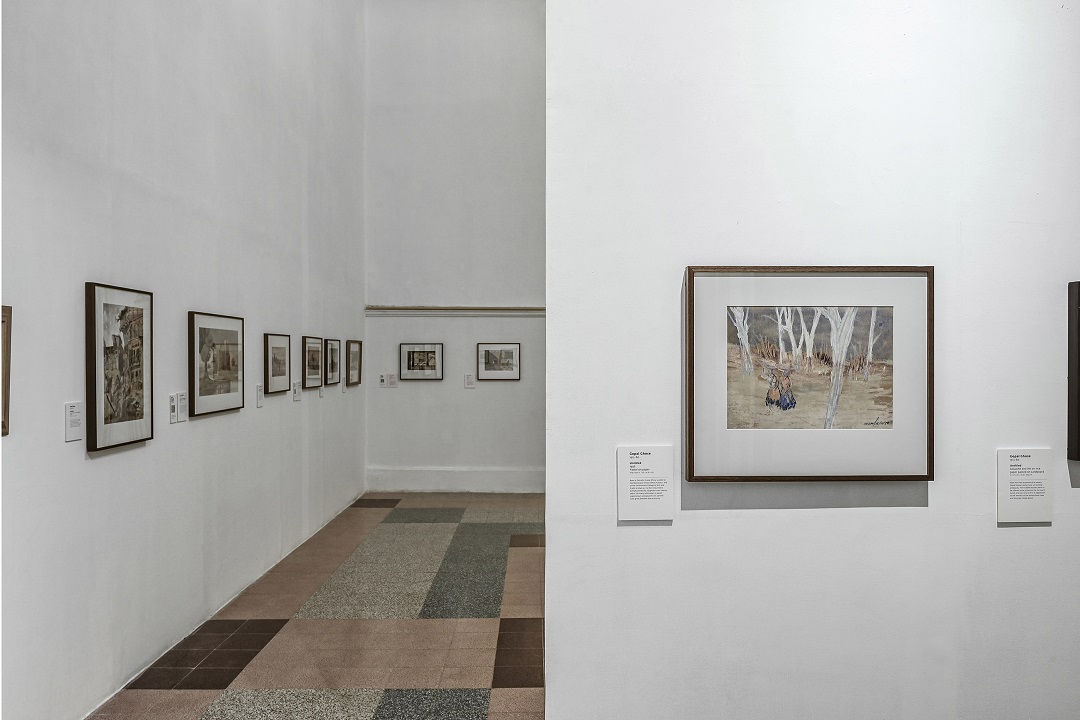
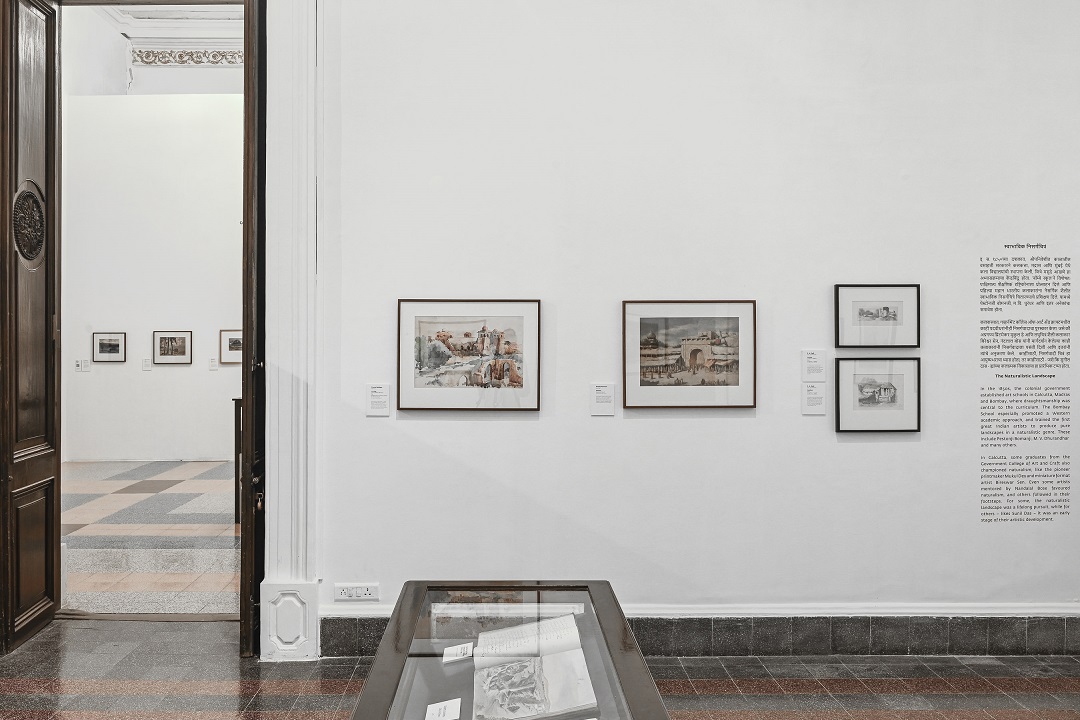
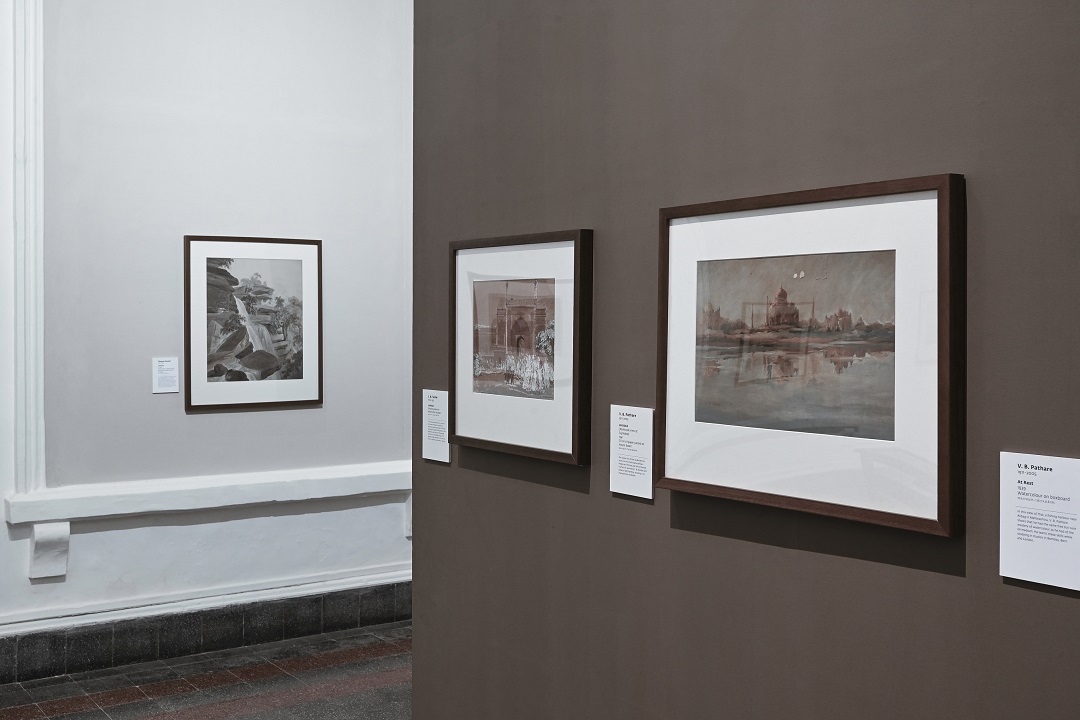
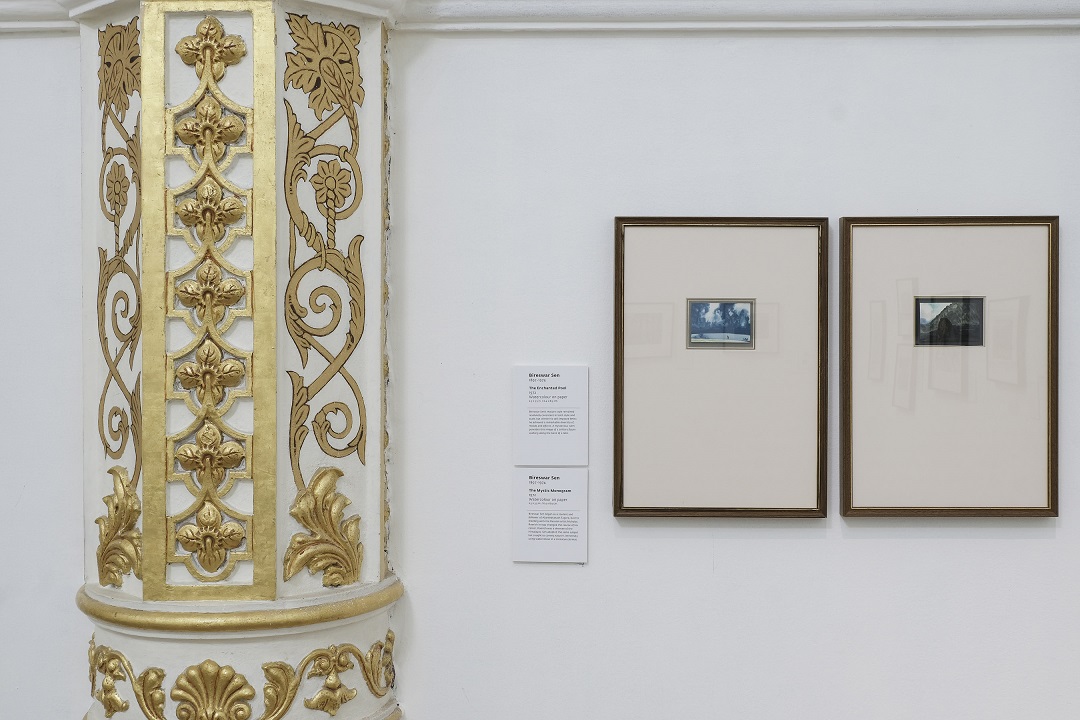
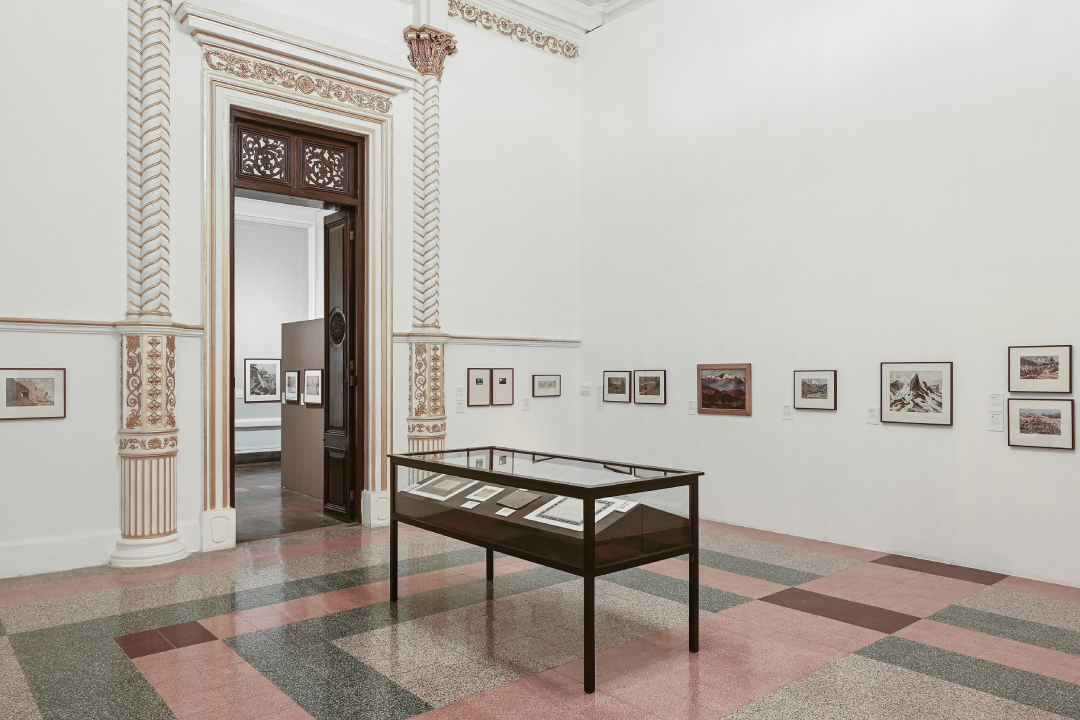
|
'The exhibition is also a good place to catch glimpses of some of the landscape paintings by Indian artists from the 1920s—MK Parandekar’s paintings of Srinagar’s natural landscape will surely make you nostalgic. SL Haldankar’s artistic interpretation of the old fort at Panhala (1916) or NR Sardesai’s watercolour of the Jogeshwari Caves (of Mumbai, 1940) will ask you to see these popular places in a new light. Or you may want to compare DC Joglekar’s paintings of old Ambarnath Temple or the Naroshankar Temple of Nasik with their present condition.' 'New Found Lands: An Exhibition on Indian Landscapes through Paintings', Outlook Traveller, 4 May 2021. |
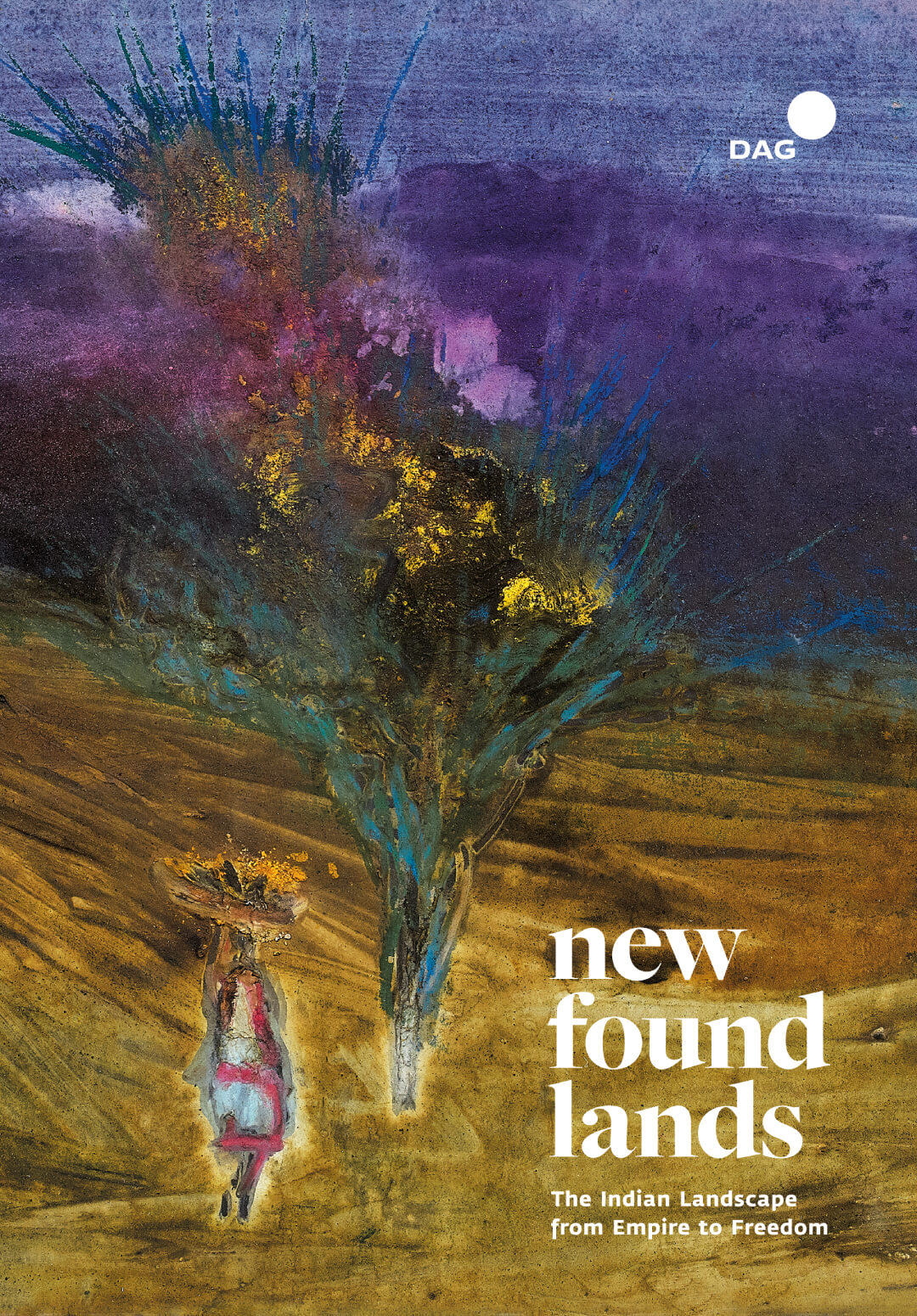
Presented by





